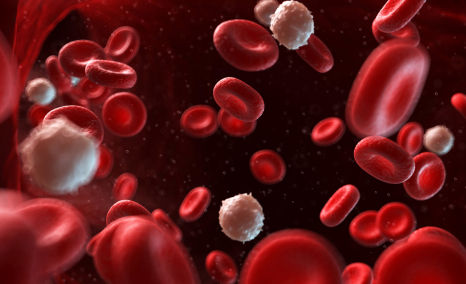Rare diseases, collectively, can not be considered rare at all. According to the National Institute of Health, approximately 30 million Americans that makeup 10% of the total American population, are affected by one of the 7,000 known rare diseases. However, the challenges manifested by the Rare patient population are tremendous ranging from delayed diagnosis, lack of skilled physicians, lack of a cure, cost of available therapies, and so on.
Von Hippel-Lindau (VHL) disease is an autosomal dominantly inherited tumor syndrome that leads to the development of benign and malignant tumors in different parts of organs, primarily including the nervous system and internal organs. According to the National Organization of Rare Disorders (NORD), VHL disease affects 1 in 36,000 people and approximately 20% of the total VHL patients are first-in-family or de novo cases. The disease majorly affects adults with the mean age of onset of 26 years. As per DelveInsigt’s Von Hippel-Lindau disease epidemiological analysis, the total US VHL disease prevalence was 9.2 thousand in 2020, which is anticipated to increase by 2030.
However, there are no universally accepted guidelines that can help in the timely diagnosis and screening of the disease. The matter gets worse due to the presence of a wide range of clinical symptoms and delayed onset of symptoms as approximately 40-50% of the total Von Hippel-Lindau cases are symptomatic that leads to delayed treatment. At present, there is no cure for the disease and the tumors are treated with the help of locals (i.e., surgical resection, RFA, radiotherapy). The present treatment approach in the Von Hippel-Lindau therapy market revolves around controlling and preservation of functional parenchyma to avoid the morbidity associated with renal or adrenal loss. Laser treatment, Stereotactic radiotherapy, Vitreoretinal surgery, Salvage external beam radiation, Intravitreal anti-VEGF therapy are some of the available therapeutics choices available in the VHL disease market, however, the selection of treatment depends upon the location of tumor, presence of hemangioblastomas, eligibility for surgeries, tolerability rate, visual activity and so on. Although the therapies can very well target the complications associated with the disease and treat them, early detection of the tumors here plays a crucial role, as it can significantly improve patient outcomes. If untreated, the condition can result in permanent loss of vision and damage to the brain and in severe cases to death.



